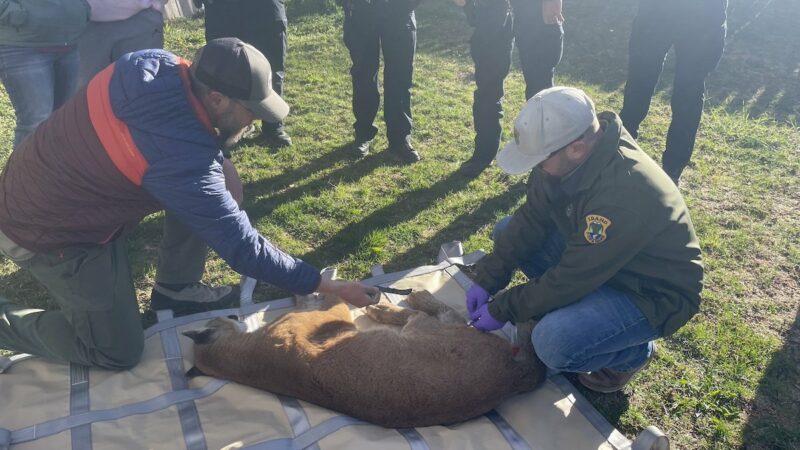It’s Endangered Species Day: Here Are 10 Endangered Animals That Need Help
It’s the 50th anniversary of the Endangered Species Act. This piece of legislation protects and conserves fish, plants, and wildlife in the U.S. Since 2006, the third Friday in May has been dubbed Endangered Species Day. While policies like the Endangered Species Act have brought a lot of good for many animals, there is still much work to be done both nationally and globally.
In the spirit of the Endangered Species Act and conserving wild animals, we’ve compiled a list of 10 endangered animals that need our help on Endangered Species Day and every day.
1. African Forest Elephant
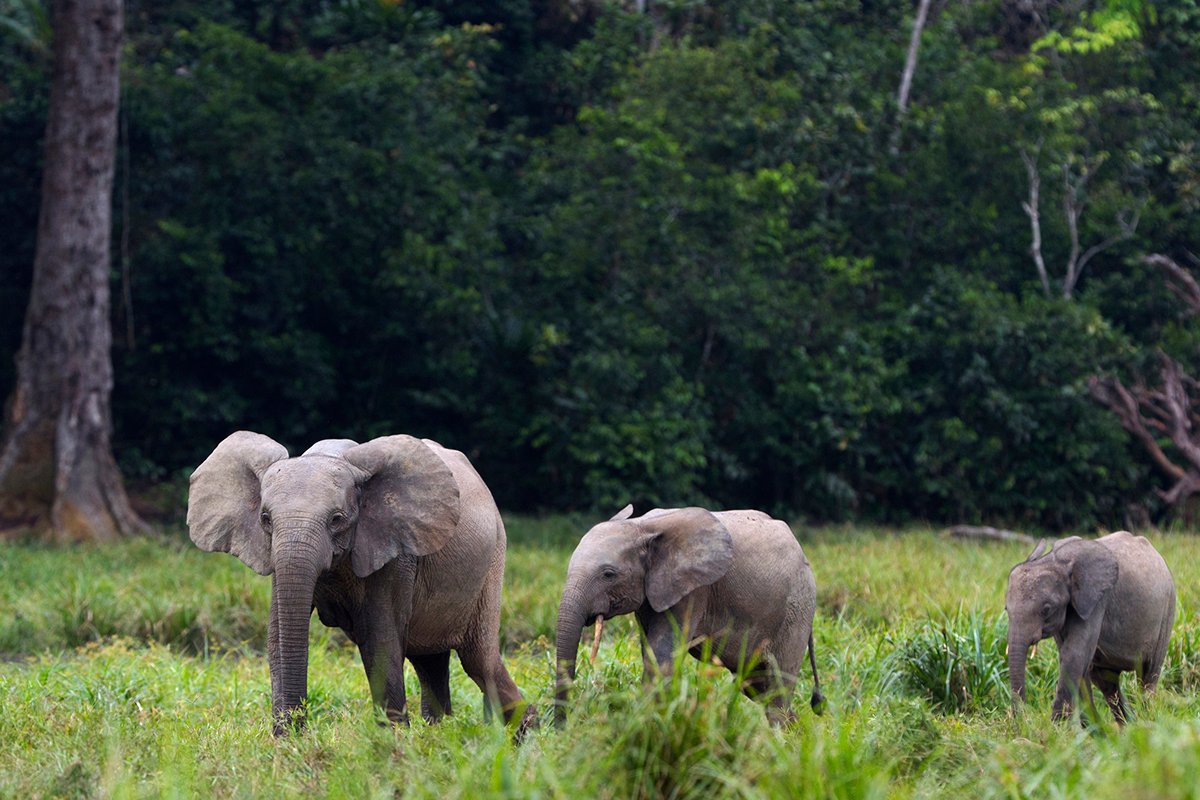
The African forest elephant is critically endangered, and it can be hard to know exactly how dire their situation is, because population counts are typically estimated through “dung counts.” African forest elephants live in the central rainforests of Africa in countries like Cameroon, Central African Republic, and Equatorial Guinea. They’re smaller than their savanna elephant counterparts, and they have rounder ears and straighter tusks.
Poachers target African forest elephants for their ivory tusks. Compared to other elephants, forest elephants’ downturned tusks are denser, which makes them more desirable.
2. Black Rhino
Between 1960 and 1995, the black rhino population in Africa dwindled to less than 2,500, a population decrease of 98 percent. Though their population has more than doubled since 1995, they are still listed as critically endangered, and there will be lots more work to do to save this species from extinction.
Many of the issues with the black rhino population stem back to the 19th century when European settlers came to Africa and began poaching rhinos for their horns. Habitat loss has also made life tough for black rhinos.
3. Orangutan
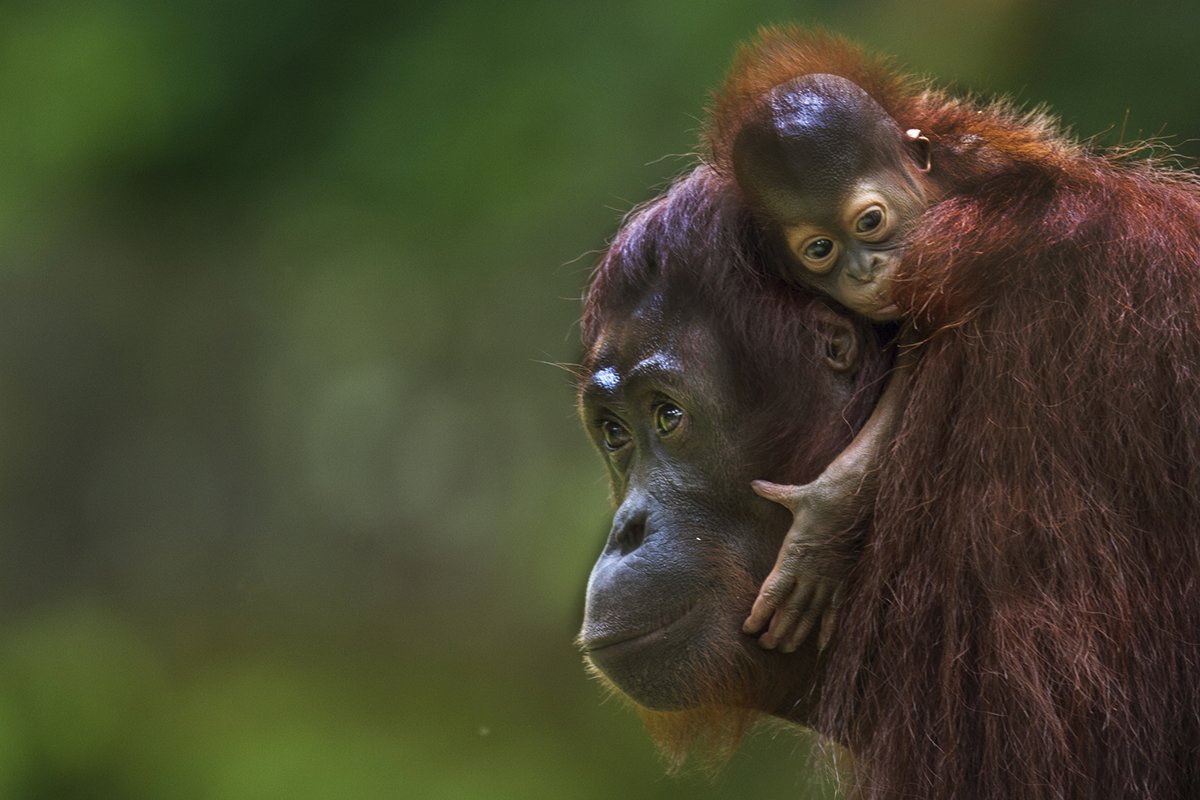
The orangutan—a word that means Man of the Forest—is a primate that lives a rather solitary existence while nesting high in the trees. There are three species of orangutans: Bornean, Sumatran, and the recently discovered Tapanuli. All three species are critically endangered.
About a century ago, there were over 230,000 orangutans, but now there are roughly 113,000. In the last 20 years, the population has decreased by almost 80 percent. Populations are difficult to measure, since orangutans can be inaccessible to researchers due to dense forests and their isolated lifestyle.
4. Saola
Found only in Laos and Vietnam, the saola is the sole species of the genus Bovids. These creatures are one of the rarest large animals in the world, known for their long, elegant horns that have earned them the nickname Asian unicorns. These horns can grow to be up to 20 feet long, and, sadly, they’re prized by poachers. The saola was unknown until 1992, and there is still very little information regarding the species’ habits.
5. Blue Whale
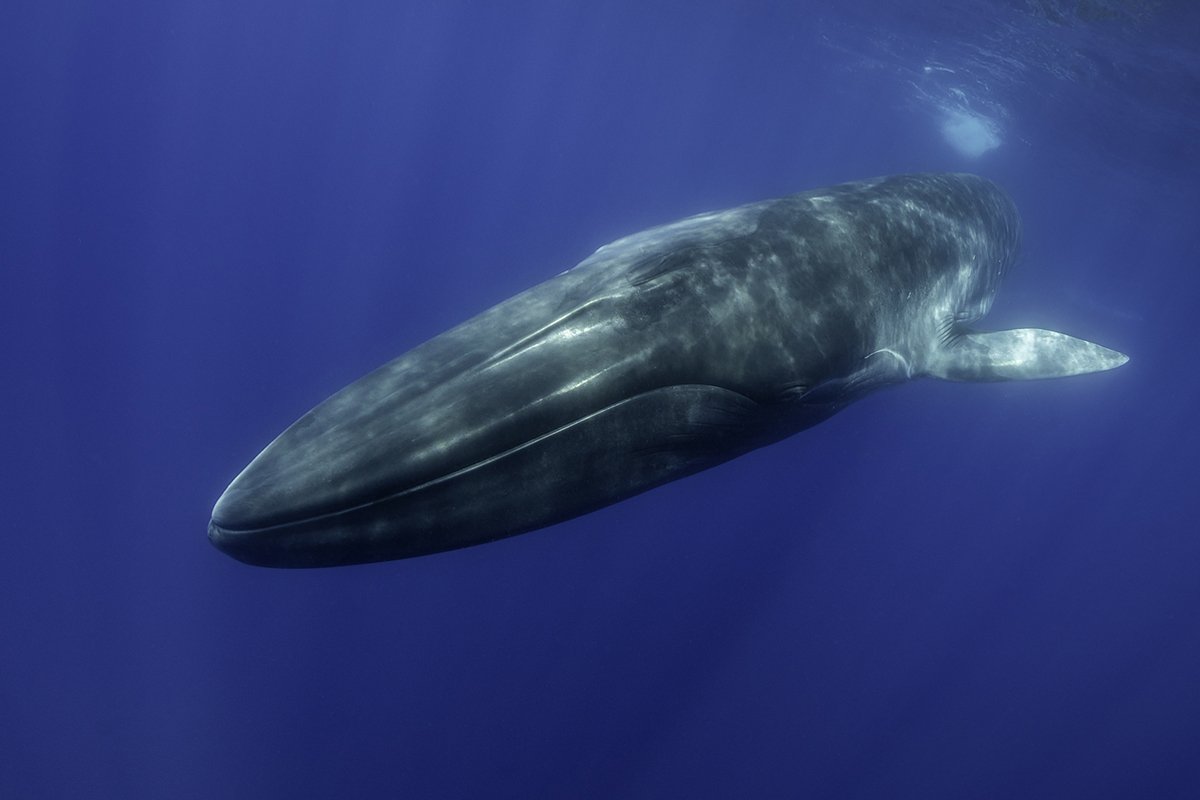
As the largest mammal in the world, weighing as much as 200 tons, the blue whale is also the loudest animal on the planet. Their calls can reach up to 188 decibels. Listed as endangered under the Endangered Species Act and protected by the Marine Mammal Protection Act, these creatures have been depleted by commercial whaling, which was banned in 1986. Although blue whale populations are increasing, they’re still listed as endangered by the IUCN.
6. Sea Turtle
Sea turtles have been on this Earth for more than 100 million years, and they help balance many marine habitats. Seven different species of sea turtles live in shallow seagrass and coral reef habitats throughout Earth’s oceans.
Sea turtles have become one of the most sought-after animals for their eggs, shells, and meat. They also struggle with the effects of climate change and the loss of their nesting habitats due to development on beaches. In recent years, the U.S. Fish and Wildlife Service has taken several steps to protect sea turtles in the U.S.
7. Tiger
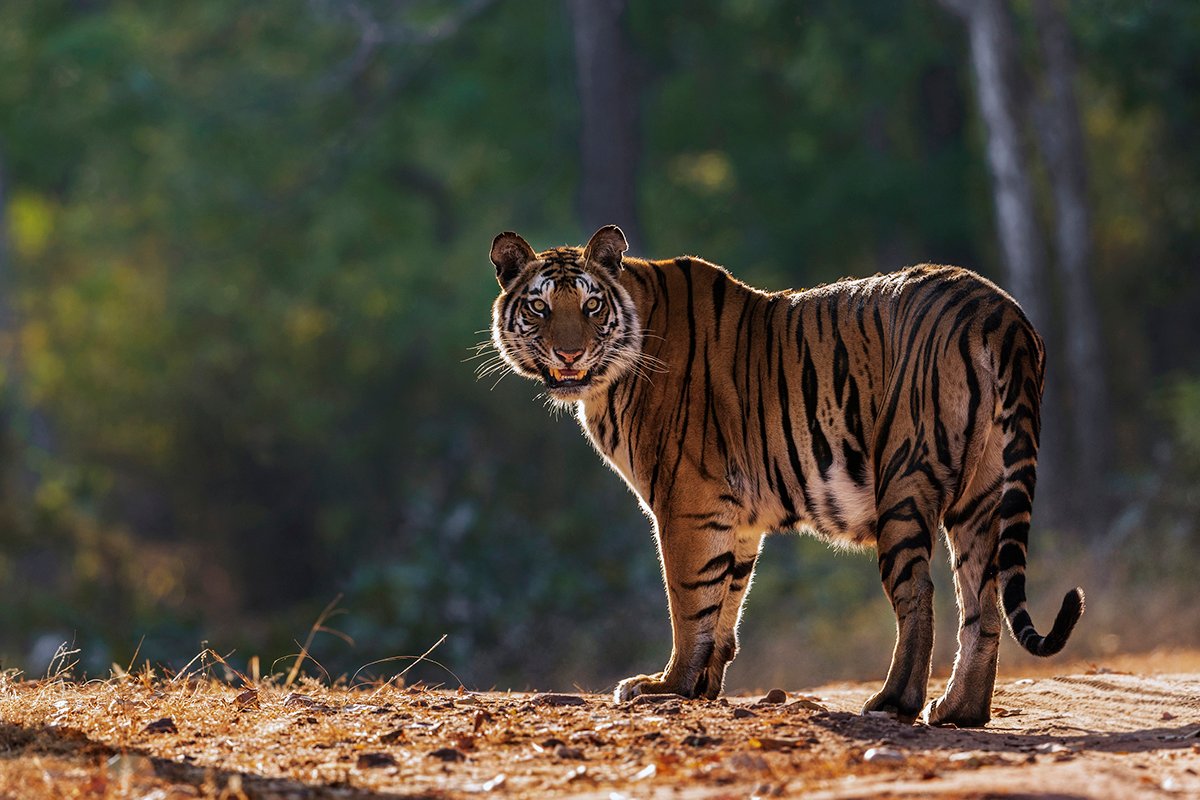
Tigers are the largest cats in all of Asia. They primarily live in eastern and southern Asia and parts of eastern Russia. Tigers live alone but require a large amount of space.
Unfortunately, out of all of the subspecies of tigers, only six of the nine still remain, and it’s estimated that there are only 3,900 left in the wild. Due to overpopulation in the areas where tigers live, humans are a constant threat to tigers.
8. Black Spider Monkey
Found in South America near the Amazon River, the black spider monkey is one of the largest primates on the continent. These unique primates are black with red faces, and they have a tail that acts like an extra limb to stabilize them while eating in the trees.
In the last 45 years, the black spider monkey population has fallen 30 percent due to habitat loss. The dense rainforests where they live are crucial to their survival.
9. Vaquita
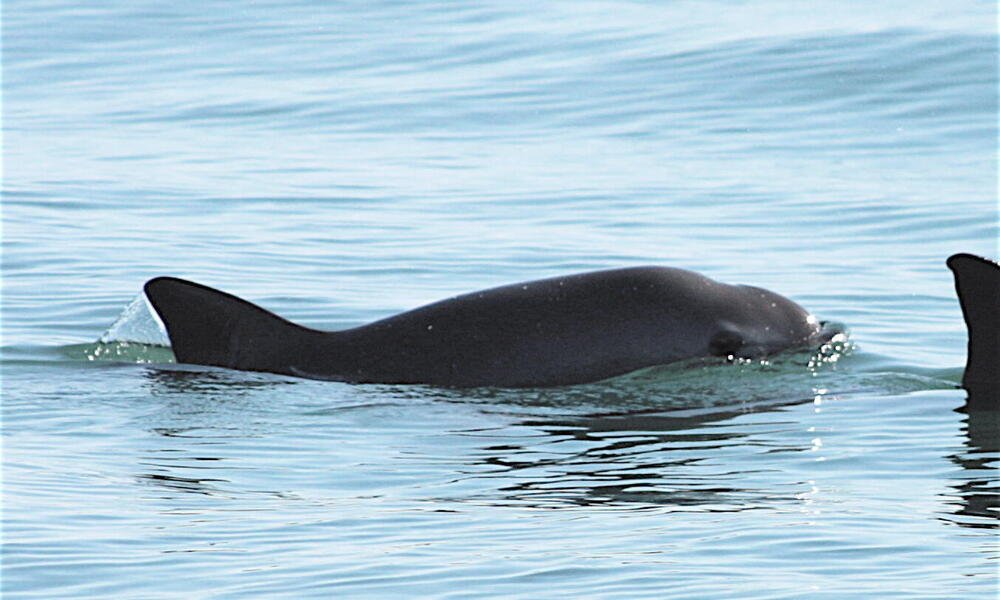
Vaquitas are the rarest marine mammal in the world, and they are close to extinction. Discovered in 1958, there are only about 10 known left in existence. With dark-grey rings around the eyes and light-grey markings on the side, these striking animals are only found in the Gulf of California.
The vaquita population has suffered because of illegal fishing. Fishermen cast nets to capture totoaba, an endangered species of fish, and they catch vaquitas by mistake. To aid both of these animals, scientists believe they need to end gillnet fishing in the vaquita’s habitat.
10. Great White Shark
Though not technically endangered, the great white shark is listed as vulnerable, and the population trend is “decreasing.” The great white shark is the largest-known predatory fish in the world. Like many other sea creatures, great white sharks are at risk of extinction due to overfishing in the oceans.
Great white sharks are known for their migration patterns throughout the eastern Pacific Ocean, traveling between Mexico and Hawaii. As the sharks grow, they continue to look for larger prey. They are known for eating their prey whole, even when their dinner weighs several hundred pounds.



